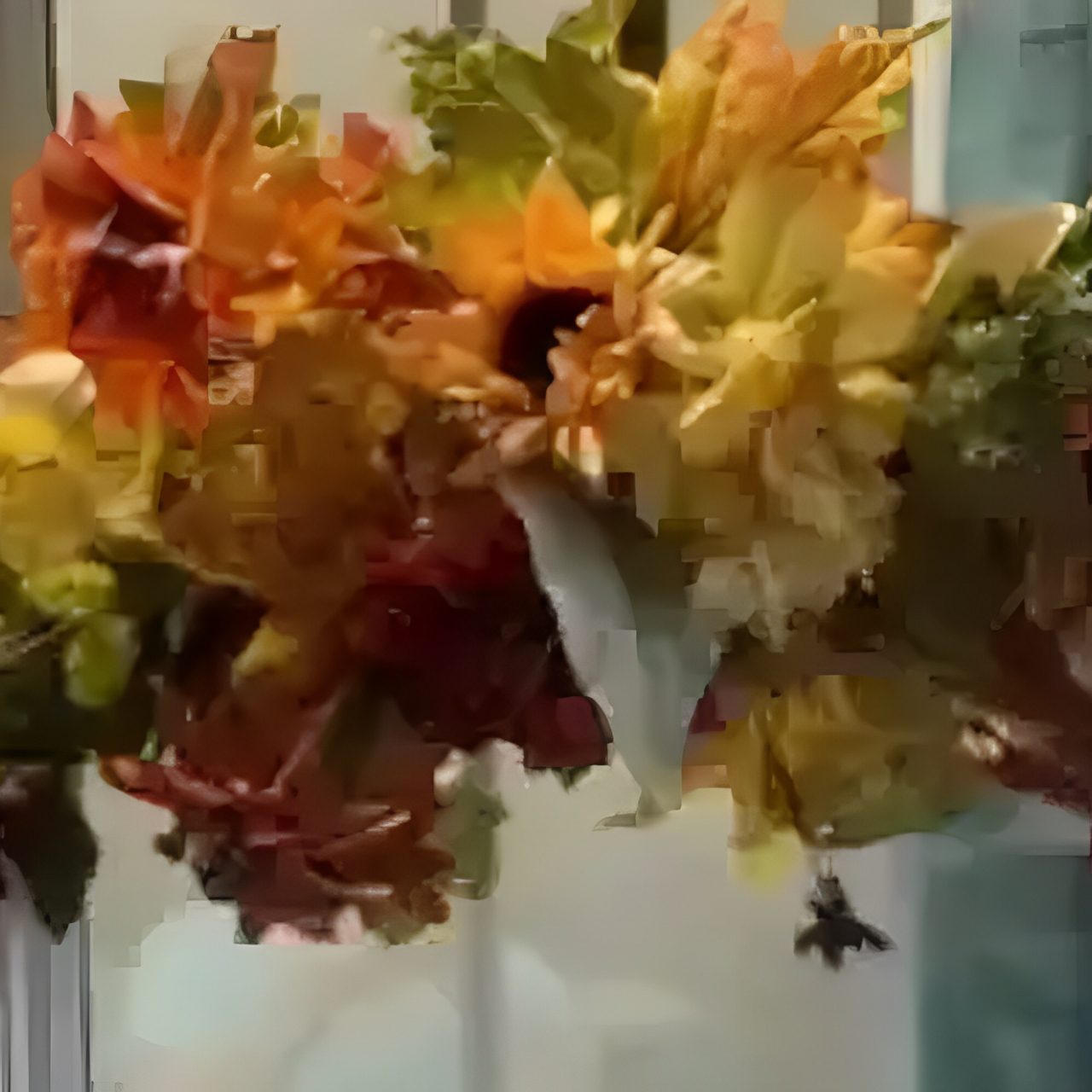
Why Are Artificial Flowers So Expensive?
“Artificial plants add color, atmosphere, and the feel of a real-life green environment without any commitment to taking care of a natural plant. However, they can sometimes be at an extra cost.” “Despite the costs there are many benefits to buying fake plants.” (artificialplantshop.com)
There are many reasons behind the cost artificial plants and flowers:
Production material – High quality artificial flowers are made from premium materials like silk, polyester, PVC, polyethylene, and Latex. All of which require extensive skilled labor, expertise and attention to detail. Costs can vary greatly, depending on the materials used. Cheap versions of artificial flowers and plants may be made of foam, silk and plastic, and cheaply constructed.
Production Complexity – from design to final product, design means studying and replicating the plant patterns accurately. Materials must feel soft and mimic the plant’s natural squishiness and silkiness. Molding and shaping gives the plant as 3D life with molds that give the plant its precise cuts, curves, veins and every detail. Coloring has a huge gradient, so that a leaf can blend multiple shades to mimic how sunlight might hit the leaf, giving it depth and realism. Assembly is when just the right bend or curve makes the plant come to life. Real-touch plants and flowers literally feel real to the touch. If you were blindfolded, you could not tell the difference. The quality is in the details, and it does not come cheap.
Size and shape – A small flower takes much less time and complexity to design than a towering artificial tree. Crafting vines that twist in different ways takes a significant amount of time and labor. The laborer literally has to bend and twist each vine and branch to look like you were outside, looking at a real tree or flower.
Realism and Details: To make an artificial plant indistinguishable from its living twin, every leaf vein, color gradient, and even the absence of germs is considered. Assembly of a realistic plant takes many hours of skilled labor, who have the attention to detail of every twist and turn of every petal, leaf and branch.
Storage and shipping – The huge amount of space required to house the plants, special packaging, shipping costs and eco-friendly processes are not inexpensive.
Customization – Tailored shape and size involves the geometry of artificial plants, which is crucial to realism. This means meticulous crafting to achieve the desired look, which affects the overall cost. Color matching and custom color demands precise pigment mixing and sampling, which is a process that is time and resource expensive. Materials must be UV resistant and fire-retardant. The more intricate the design, entails a more complex production process, also affecting the price.
Labor costs – A machine forms the basic outline of a leaf, but its the human touch that adds the fine details, making it a mirror image of its natural counterpart. Crafting a single plant can take up to several hours. Labor costs certainly have as significant role in determining the final price. “An artificial plant is the fruit of countless hours of devoted artistry, a harmonious blend of technological precision and the invaluable touch of experienced hands.” (dyartificiaal.com)
It is the human touch that breathes life into these beautiful recreations of real plants and flowers.
(References: dyartificial.com; artificialplantshop.com)
NEXT TIME: Real plants VS Artificial plants: Why choose artificial?
